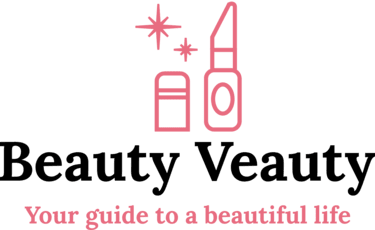Acne is a common skin problem that affects many people, especially those with oily skin. Oily skin produces excess sebum, which can clog pores and cause inflammation, infection and acne breakouts. If you have oily skin and acne, you may feel frustrated and self-conscious about your appearance. But don’t worry, there are some effective ways to remove acne from oily skin and prevent future breakouts. Here are some tips to help you achieve clear and healthy skin.
1. Cleanse your face twice a day
One of the most important steps to remove acne from oily skin is to cleanse your face twice a day, in the morning and at night. Cleansing helps remove dirt, oil, makeup and bacteria that can accumulate on your skin and cause acne. Use a gentle cleanser that is suitable for oily skin and does not contain harsh chemicals or fragrances that can irritate your skin. Avoid scrubbing or rubbing your face too hard, as this can damage your skin and worsen acne. Rinse your face with lukewarm water and pat it dry with a clean towel.
2. Use a toner after cleansing
A toner is a liquid product that helps balance the pH level of your skin, tighten your pores and remove any residue that your cleanser may have missed. Using a toner after cleansing can help reduce oiliness and prevent acne. Choose a toner that is alcohol-free and contains natural ingredients that can benefit your skin, such as witch hazel, aloe vera, green tea or rose water. Apply the toner to a cotton pad and gently swipe it over your face, avoiding the eye area.
3. Moisturize your skin daily
You may think that moisturizing is not necessary for oily skin, but this is a misconception. Oily skin still needs hydration to maintain its health and function. If you skip moisturizer, your skin may produce more oil to compensate for the lack of moisture, which can lead to more acne. Therefore, you should moisturize your skin daily with a lightweight and oil-free product that does not clog your pores or make your skin greasy. Look for moisturizers that contain ingredients that can help control oil production and soothe inflammation, such as niacinamide, hyaluronic acid, tea tree oil or salicylic acid.
4. Exfoliate your skin once or twice a week
Exfoliating is the process of removing dead skin cells and impurities that can build up on your skin and cause acne. Exfoliating can help unclog your pores, improve your skin texture and tone, and enhance the absorption of other skincare products. However, you should not overdo it, as too much exfoliation can strip your skin of its natural oils and damage its barrier function. You should exfoliate your skin once or twice a week with a gentle scrub or a chemical exfoliant that contains alpha-hydroxy acids (AHAs) or beta-hydroxy acids (BHAs). These acids can help dissolve the bonds between dead skin cells and oil, making them easier to remove.
5. Apply a clay mask once a week
A clay mask is another useful tool to remove acne from oily skin. Clay masks can help absorb excess oil, draw out impurities from your pores, reduce inflammation and calm your skin. You can use a clay mask once a week or whenever you feel your skin needs a deep cleansing. Choose a clay mask that contains ingredients that can benefit your skin type, such as kaolin clay, bentonite clay, charcoal or sulfur. Apply the mask to your clean face and leave it on for 10 to 15 minutes or until it dries. Rinse it off with warm water and follow up with a toner and moisturizer.
6. Avoid touching or picking at your acne
Touching or picking at your acne can be tempting, but it can also make things worse. Touching or picking at your acne can introduce more bacteria to your skin, cause more inflammation and infection, and increase the risk of scarring and hyperpigmentation. Therefore, you should avoid touching or picking at your acne as much as possible. Instead, treat your acne with topical products that contain ingredients that can help heal and prevent acne, such as benzoyl peroxide, salicylic acid, sulfur or tea tree oil.
7. Eat a healthy diet and drink plenty of water
Your diet and hydration can also affect your skin condition and acne development. Eating a healthy diet that is rich in fruits, vegetables, whole grains, lean proteins and healthy fats can provide your skin with the nutrients it needs to function properly and fight off infections. Avoid eating foods that are high in sugar, refined carbohydrates, dairy or saturated fats, as these foods can trigger inflammation and increase oil production in your skin. Drinking plenty of water can also help flush out toxins from your body, hydrate your skin and regulate your oil balance. Aim to drink at least eight glasses of water a day and limit your intake of caffeinated, alcoholic or sugary beverages.
Conclusion
Acne can be a frustrating and embarrassing problem for anyone, especially for those with oily skin. However, by following these tips, you can remove acne from oily skin and improve your skin health and appearance. Remember to be consistent and patient with your skincare routine, as it may take some time to see the results. If your acne is severe or does not respond to over-the-counter products, you may want to consult a dermatologist for professional advice and treatment. With proper care and attention, you can achieve clear and beautiful skin.
